The story of a young woman, her magic doll, and a witch who may be the most terrifying - or the most ridiculous - person you've ever seen. You'll also see that you should definitely not trust a gift from a witch. Especially if that gift is a human skull...that's on fire.
On the creature of the week, if your date has goat hooves it probably will not go well.
Audio Player
Podcast: Play in new window | Download
Subscribe: RSS
Myths and Legends Member Feed: (Protected Content)

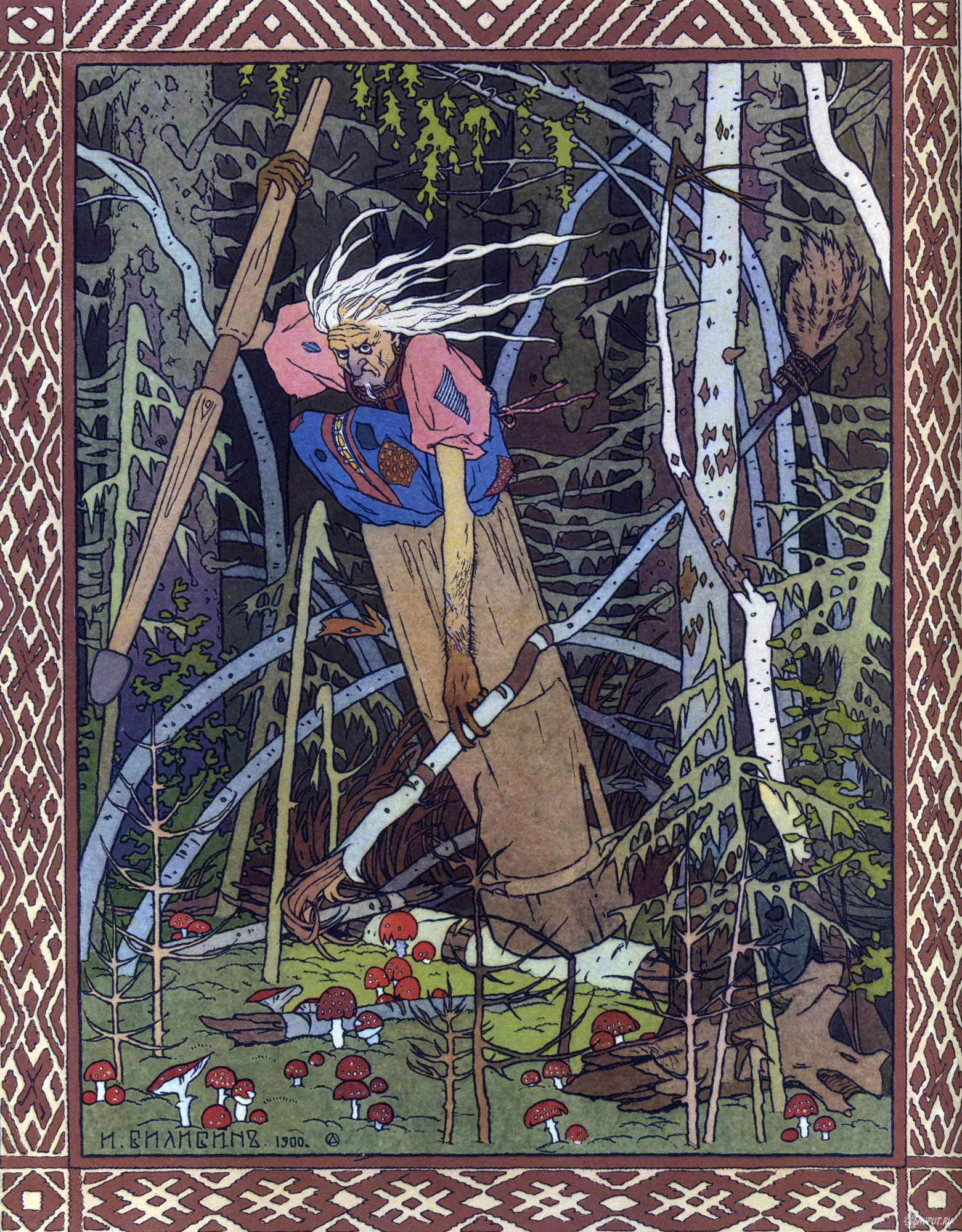
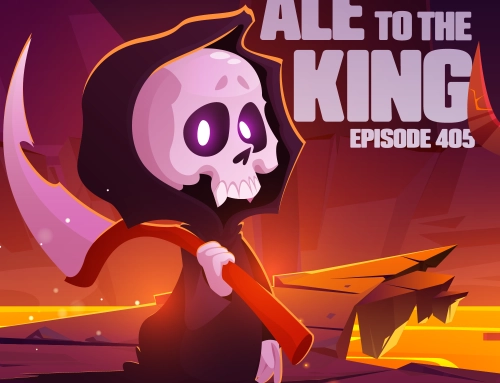
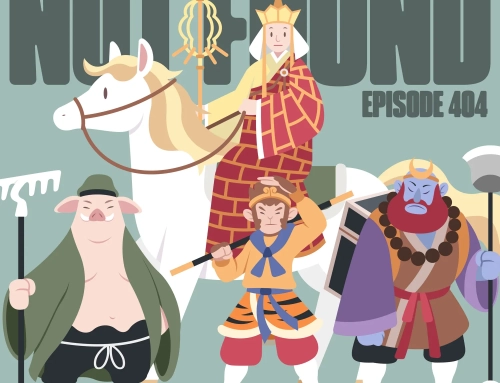
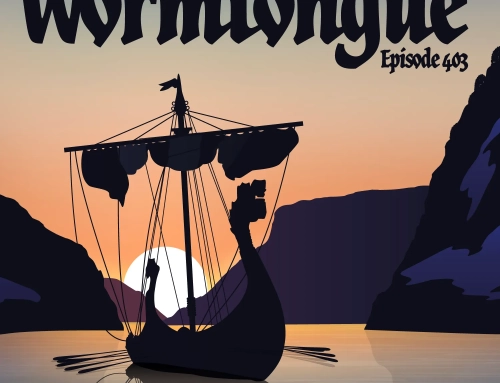
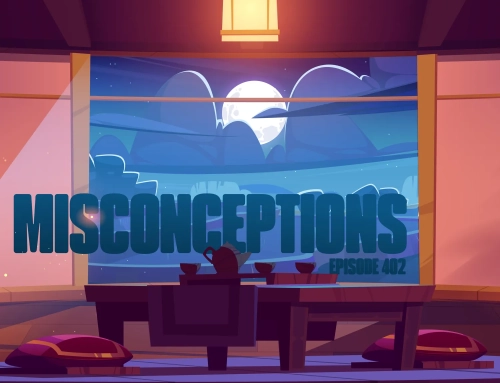
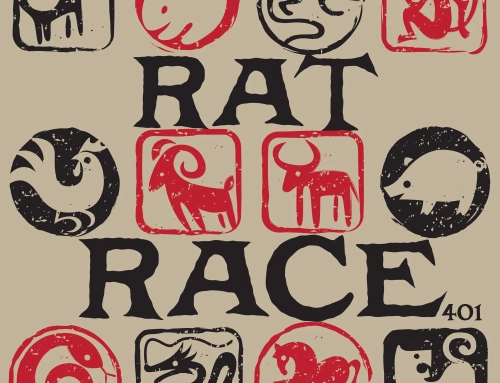
I wish you allowed for more magic for the doll in the version I listened to as a child, the doll was allowed to be a bit more magical and only really used when the taska she was given were impossible or sincerely abusive. It was a way for her mom to protect her daughter even after she’s gone. The doll seemed to be connected to her mother and nature and karma to manage it’s impossible feats.
https://www.storynory.com/baba-yaga-a-scary-story-for-halloween/
Your version was still awesome, don’t get me wrong. Very enjoyable and the multiple dimensions in her identity is a very intelligent and nuanced interpretation of the doll. Thank you!!
Just wanted to mention that Baba Yaga also famously carries a broom, like European witches. She uses the pestle to spur the mortar on and covers her tracks with the broom. It’s even there on the episode picture, albeit a really ugly one.
AH!! I love the Slavic and Russian folklore stories so much, and I was introduced to them by this podcast! I like how this story is similar to the story of Cinderella, and I was wondering if anything ever happened to the flaming skull? Is any more attention given to that? How did Baba Yaga’s magic make it so the house couldnt have fire in it??
This is literally the exact story of Cinderella
Hi!! I’m looking for the music notes? particularly the piece at about 20 mins?
As someone with Dissociative Identity Disorder, I loved your take on the doll. Honestly, most media representation is terribly inaccurate and horrible in that it adds to stigma for an already misunderstood disorder. That said, alters are there for when the main part cannot cope with their circumstance, which would be exactly what happened in your take of the tale. So, in the end, she actually saves herself. I LOVE it. I get this is a fairy tale and therefore believability is not key but rather a transfer of advice or truth; however, I think the her saving herself is a way better truth. Thanks. ^_^
Hi Jason! Love the show! Very enjoyable.
Just wanted to mention that Baba Yaga also famously carries a broom, like European witches. She uses the pestle to spur the mortar on and covers her tracks with the broom. It’s even there on the episode picture, albeit a really ugly one.
Baba Yaga was a warped product of medieval behavior toward women and a few old women who found power. baba had several children this reminds me of one of her grandchildren tails.
A really great artist drew out the story of Vasilisa as a webcomic! Her name is Kadi Fedoruk and here’s a link to the comic, it really is beautiful!
http://www.blindsprings.com/comic/valor-page-one
Great stuff, really enjoyed it. How do I gain access to the source pack eBook? I’ve signed up as a member, and I’d love to read more about Baba Yaga.
First of all: Great podcast, great content, great form! I love the stories and how much time you spend on telling (though I imagine even much more on researching) them as well as your quite hermeneutic approach. When reading for myself, I also enjoy connecting the text with my own human horizon, it’s always adds something to my perception of the world and of myself. Anyway, I’m commenting on this episode, because I thought about your “multiple personality” idea and Vaselisa being detached from her other self while working “as the doll”. I like the image and the psychological view, but I think it misses a vital point: The doll is Vaselisa’s connection to her roots, to the life of her mother and to her own history. For me, the doll is part of Vaselisa’s identity, the historical and root part. What came to my mind were stories of people staying sane in the most inhumane situations (prison, concenration camps, forced labor) because of their strong inner connection to family, faith, culture or whatever concept it was that gave them their integrated identity. And the doll can be seen similarly: She gets it from her mother, she doesn’t know what to think of it and how to use it, she just keeps it as a symbol. But as time passes and the situation gets harder, she eventually learns how to use what she got and how that helps her. It needs to be fed, well, feelings and inner concepts need that, too, but then they can be comforting (it’s interesting how comforting is always the first thing the doll does) and they can help to survive hard times and stay sane. I admit that this interpretation doesn’t explain the physical aspect of the hard work as well as the personality disorder, but I like how it connects back to the personal history of a human (well, a disorder does that, too, but not really in a positive sense ;)).
That’s it, sorry for the long comment being more about my own thoughts than on your great work. But your great work made me think, and although I knew the story (slavic background here, so that’s also responsible for any language flaws), the episode (like many others) made me connect it to myself and to human life in a new way. Thanks so much!
No fun adjective for Steve Combs on this episode?
Haha, no…the podcast started to get bigger and I realized the illustrious Steve Combs was actually listening. I realized a whole group of people were getting introduced to his work through the show and I didn’t want that to color the way people saw him? It made sense at the time.